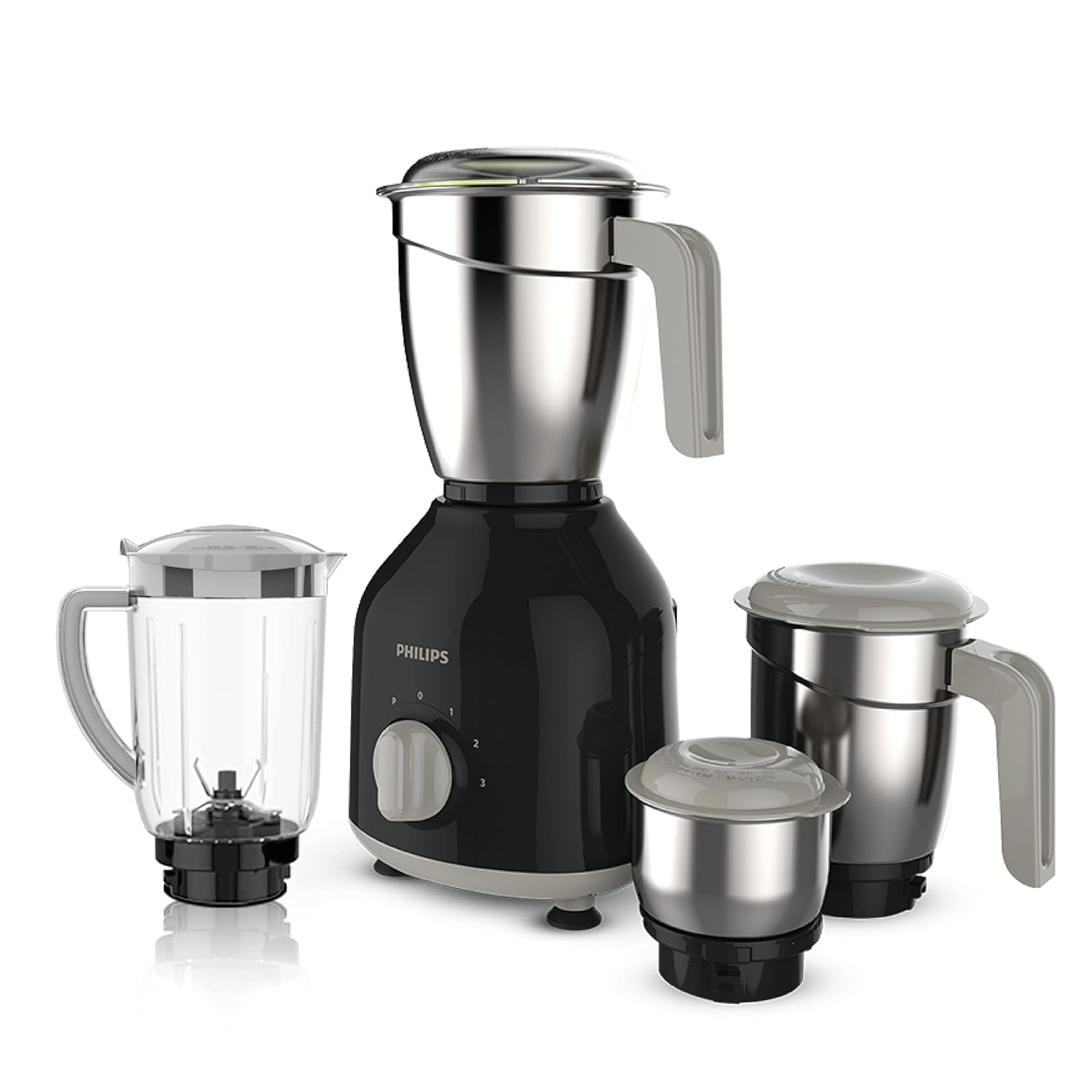In today’s digital landscape, corporate blogging is more than a trend, it’s a crucial strategy for businesses to connect with their audience, build brand authority, and drive growth. A well-planned corporate blog can be a powerful tool for reaching new customers, nurturing relationships, and strengthening a brand’s position in the market. However, creating a corporate blog that truly adds value requires strategy, consistency, and a deep understanding of your audience’s needs. By implementing the 10 Best Corporate Blogging Strategies, your business can establish a strong online presence, generate leads, and build brand loyalty.

This guide explores actionable corporate blogging strategies to help companies maximize their blogging potential.
1. Define Clear Objectives for Your Corporate Blog
Before creating blog content, clarify what you want to achieve with your corporate blog. Common objectives include:
- Increasing Brand Awareness: Establish your company as an industry leader by producing informative, engaging content.
- Generating Leads: Converting blog visitors into leads with calls-to-action (CTAs) that lead to demos, consultations, or sign-ups.
- Educating Your Audience: Providing information about your industry, product use, or specific customer problems.
- Building Trust and Credibility: Sharing insights, case studies, and valuable information that strengthen your reputation.
- Improving SEO and Online Visibility: Creating blog content that ranks well in search engines to drive organic traffic to your site.
These objectives guide content topics, formats, and frequency, making your blog more effective and cohesive.
2. Know Your Audience Thoroughly
Understanding your target audience is crucial for creating content that resonates. A corporate blog should cater to your audience’s specific needs, interests, and challenges. Here’s how:
- Develop Buyer Personas: Create profiles that represent segments of your audience, including their job roles, pain points, goals, and preferred content formats.
- Research Audience Interests: Use tools like Google Trends, LinkedIn Analytics, and social media listening tools to identify topics that interest your audience.
- Engage with Your Audience: Collect feedback through comments, surveys, and analytics to continually refine your content to better serve your readers.
3. Focus on Creating High-Quality, Relevant Content
Content quality is non-negotiable for a corporate blog. High-quality content builds trust, engages readers, and encourages shares, increasing your blog’s reach and impact.
- Address Specific Problems: Tackle common challenges your audience faces and offer actionable solutions.
- Stay Relevant: Cover industry trends, emerging issues, and timely topics to keep readers informed.
- Be Authentic: Write with your brand’s voice and personality, creating a unique connection with your audience.
- Use Data and Insights: Use research, case studies, and reliable data to support your points, making your content more credible.
Example: A SaaS company could write a post on “5 Common Challenges in Data Management and How to Overcome Them,” helping their audience find practical solutions while subtly showcasing their expertise.
4. Develop a Strategic Content Calendar
Consistency is key to any successful blog. Create a content calendar that aligns with your overall marketing goals and keeps your team on track.
- Plan Content Around Themes: Organize content into monthly or quarterly themes that support broader marketing goals.
- Consider Key Dates and Events: To boost relevance, schedule posts around industry events, product launches, or holidays.
- Include Diverse Content Types: Plan a mix of content types, including how-to guides, thought leadership pieces, industry insights, and case studies to keep the blog dynamic.
Example: If your company launches a new product in Q3, dedicate Q2 blog content to related topics that build excitement and educate potential customers.
5. Optimize Blog Content for SEO
Effective SEO ensures that your blog content reaches a larger audience by improving its visibility on search engines.
- Research Keywords: Use tools like Google Keyword Planner or Ahrefs to identify relevant keywords with a balance of volume and competitiveness.
- Optimize Headlines and Subheadings: Use keywords naturally in titles and headings to help search engines understand the main topic.
- Write Meta Descriptions: Create clear, engaging meta descriptions that include your target keyword to improve click-through rates.
- Use Internal and External Links: Link to relevant pages within your site and high-authority external sites to improve credibility and SEO value.
- Optimize for Mobile: Ensure that your blog is mobile-friendly, as search engines prioritize mobile-optimized content.
Example: For a B2B software company, targeting keywords like “efficient project management tools” or “data security best practices” can attract the right audience looking for your expertise.
6. Engage Readers with Compelling Visuals
Incorporating visuals in your corporate blog posts enhances readability, engagement, and shares.
- Use Infographics and Charts: Visual data presentations help simplify complex information and improve retention.
- Include High-Quality Images: Images break up the text, making the content more appealing and easy to read.
- Add Videos or Animations: Short, engaging videos can make complex topics more accessible and increase time spent on the page.
Example: A health and wellness company could use an infographic to show the benefits of their product visually or a video that explains its unique features.
7. Incorporate Strong Calls-to-Action (CTAs)
CTAs help turn blog readers into leads or customers by guiding them toward the next step.
- Align CTAs with Content: Make sure your CTA is relevant to the blog post topic and provides added value (e.g., “Download our free guide to…”).
- Use a Mix of Soft and Hard CTAs: While some CTAs may directly encourage product sign-ups, others can prompt readers to learn more about related topics or subscribe to your newsletter.
- Make CTAs Visually Stand Out: Use buttons or banners that catch the reader’s eye without overwhelming the content.
Example: A financial consulting firm could use a CTA like “Schedule Your Free Consultation” at the end of a post on financial planning tips.
8. Promote Your Blog Across Multiple Channels
Don’t rely solely on organic traffic; actively promote your blog posts to reach a wider audience.
- Email Marketing: Share blog content in newsletters, targeting specific segments with topics of interest.
- Social Media: Repurpose blog content into social media posts, videos, or stories to drive traffic back to your blog.
- Influencer Partnerships: Partner with industry influencers who can amplify your blog content to their followers.
- Employee Advocacy: Encourage employees to share posts within their networks to increase reach and credibility.
Example: A fashion retailer could share styling tips from their blog on Instagram and Pinterest, linking back to the original blog for more details.
9. Use Analytics to Measure and Refine Your Strategy
Monitoring your blog’s performance helps you understand what works and what doesn’t, allowing you to adjust your strategy as needed.
- Track Key Metrics: Focus on metrics like page views, time on page, bounce rate, and conversion rates for actionable insights.
- Assess Content Effectiveness: Identify which types of content drive the most engagement and leads, and adjust future topics accordingly.
- Refine Based on Feedback: Pay attention to comments, shares, and other reader feedback to improve content quality and relevance.
Example: If a blog post on “Eco-Friendly Packaging Solutions” performs particularly well, a packaging company could create similar content to capitalize on this interest.
10. Stay Consistent and Adaptable
Building a successful corporate blog takes time, so consistency and flexibility are key.
- Commit to a Posting Schedule: Consistent, regular posting builds credibility and helps your audience know when to expect new content.
- Adapt to Trends and Feedback: Adjust your content to reflect new trends, industry changes, and reader interests.
- Focus on Long-Term Goals: Understand that blogging is a long-term investment; aim for gradual, sustainable growth rather than overnight success.
Example: A tech startup might commit to posting twice a month, reviewing content performance quarterly to make adjustments based on what resonates most with their audience.
Conclusion
Corporate blogging, when approached strategically, can be a powerful asset that supports a company’s brand, connects with customers, and generates leads. By setting clear goals, understanding your audience, producing high-quality content, and leveraging SEO and promotion, your corporate blog can drive meaningful results. Blogging for business requires patience, but with the right strategies, it can establish your brand as a trusted voice and valuable resource in your industry.
Successful corporate blogging requires a strategic approach that balances business objectives with audience needs. Key success factors include:
- Clear strategic alignment with corporate goals
- Strong governance and quality control
- Effective stakeholder management
- Robust technical infrastructure
- Data-driven decision making
- Continuous innovation and adaptation
By implementing these strategies while maintaining flexibility to adapt to changing market conditions, corporations can build a powerful blogging presence that drives business results and enhances their market position.
The future of corporate blogging lies in the ability to remain agile, embrace new technologies, and consistently deliver value to all stakeholders while maintaining authentic corporate voice and integrity.
Read Also
- How Small Businesses Can Benefit from Blogging
- How to write an effective newsletter
- How to Create Lead Magnets to Grow Your Audience
- 8 Best Email Marketing Platforms for Bloggers
- B2B Blogging: A Powerful Tool for Business Growth
- 10 Best Corporate Blogging Strategies
- Networking with Other Bloggers in Your Niche
- Hosting Webinars and Podcasts for Your Blog Audience

Philips HL7759/00 Mixer Grinder, 750W Turbo Motor
WARRANTY: 2 Year Product warranty, 5 Year Motor warranty
Wattage: 750 W; Voltage: 220 V
MOTOR: Powerful 750 W Turbo Motor with 50% more power for heavy duty grinding
JARS & CAPACITY: 4; Jar Size: Blender Jar(1.5L), Wet Jar (1.5 Litres), Multipurpose Jar (1 Litre), Chutney Jar (0.3 Litres); Leakproof, food-grade stainless steel jars with a semi-transparent lid that allows you to see the ingredients for perfect consistency
Frequently Asked Questions (FAQs)
A. A corporate blog focuses on providing value to customers, clients, and stakeholders by covering topics related to the business, industry trends, and solutions to customer problems. Personal blogs are often more informal and may focus on individual experiences, opinions, or hobbies, whereas corporate blogs maintain a professional tone and align with business goals.
A. Common goals include:
Increasing brand awareness
Driving traffic to the website
Generating leads
Enhancing SEO for Better Search Engine Rankings
Building authority and trust in the industry
Providing value to existing and potential customers
A. Start by researching what’s important to your audience. Analyze common customer questions, industry trends, competitor blogs, and keyword research. Reviewing your audience’s pain points and interests can help you develop topics that are both engaging and relevant.
A. Effective corporate blog content includes:
How-to guides and tutorials
Industry insights and trend analysis
Case studies and success stories
Product usage tips
Company updates and behind-the-scenes stories
Thought leadership articles
A. By incorporating calls-to-action (CTAs) like “Sign Up for a Free Demo,” “Download Our Guide,” or “Contact Us,” you can encourage readers to take the next step. Offering valuable resources in exchange for contact information is another way to convert readers into leads.
A. Visuals such as infographics, charts, images, and videos make content more engaging and digestible, enhancing the reader’s experience. They also increase the likelihood of shares and improve time on the page, contributing positively to SEO and reader engagement.






Love this blog! The content is always so relevant and insightful, keep up the great work!
Thank you so much for your kind words! 😊 We’re thrilled to hear that you find our content relevant and insightful. Your support means a lot to us! Stay tuned for more exciting posts, and feel free to share your thoughts anytime. Happy reading!